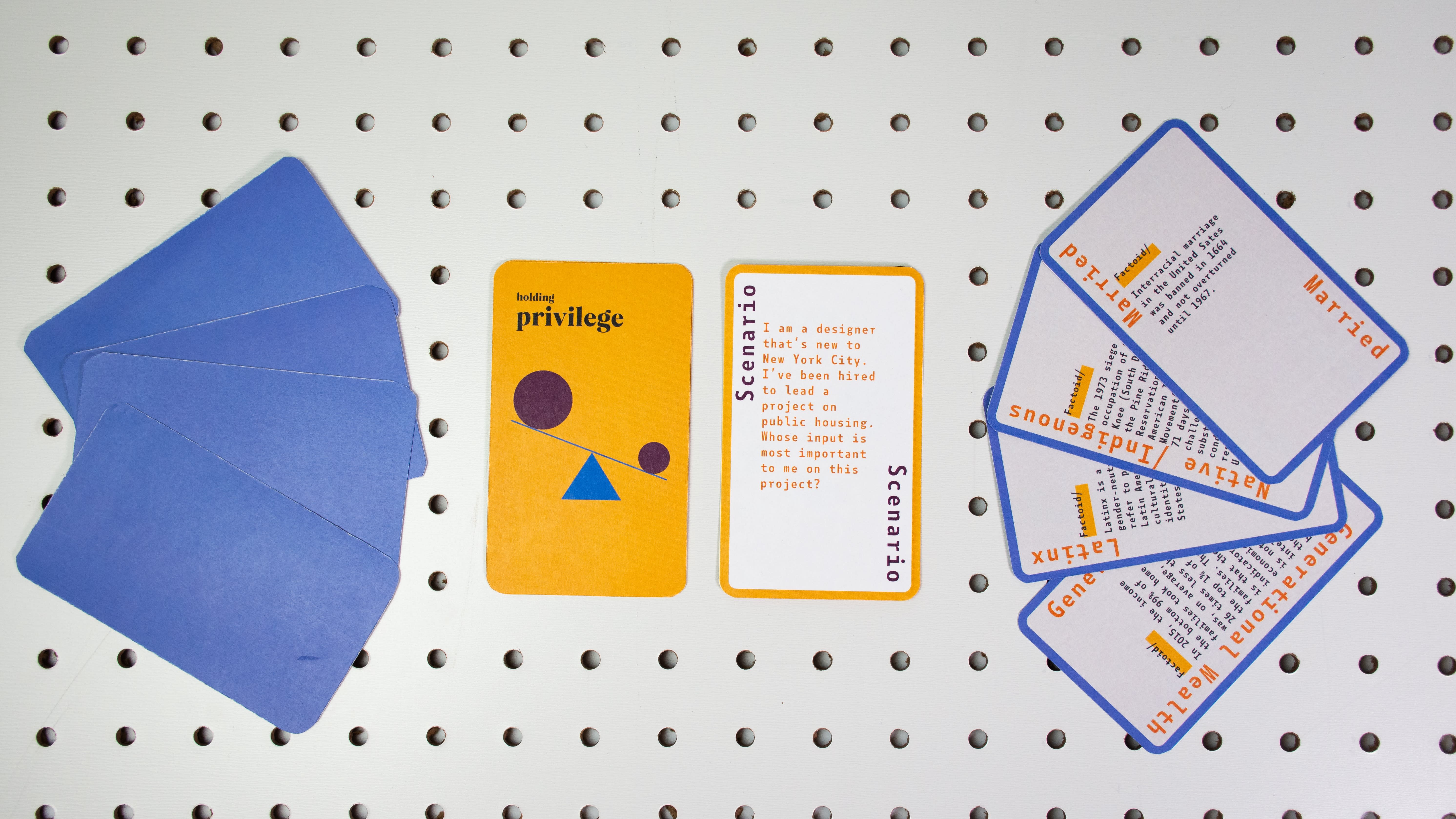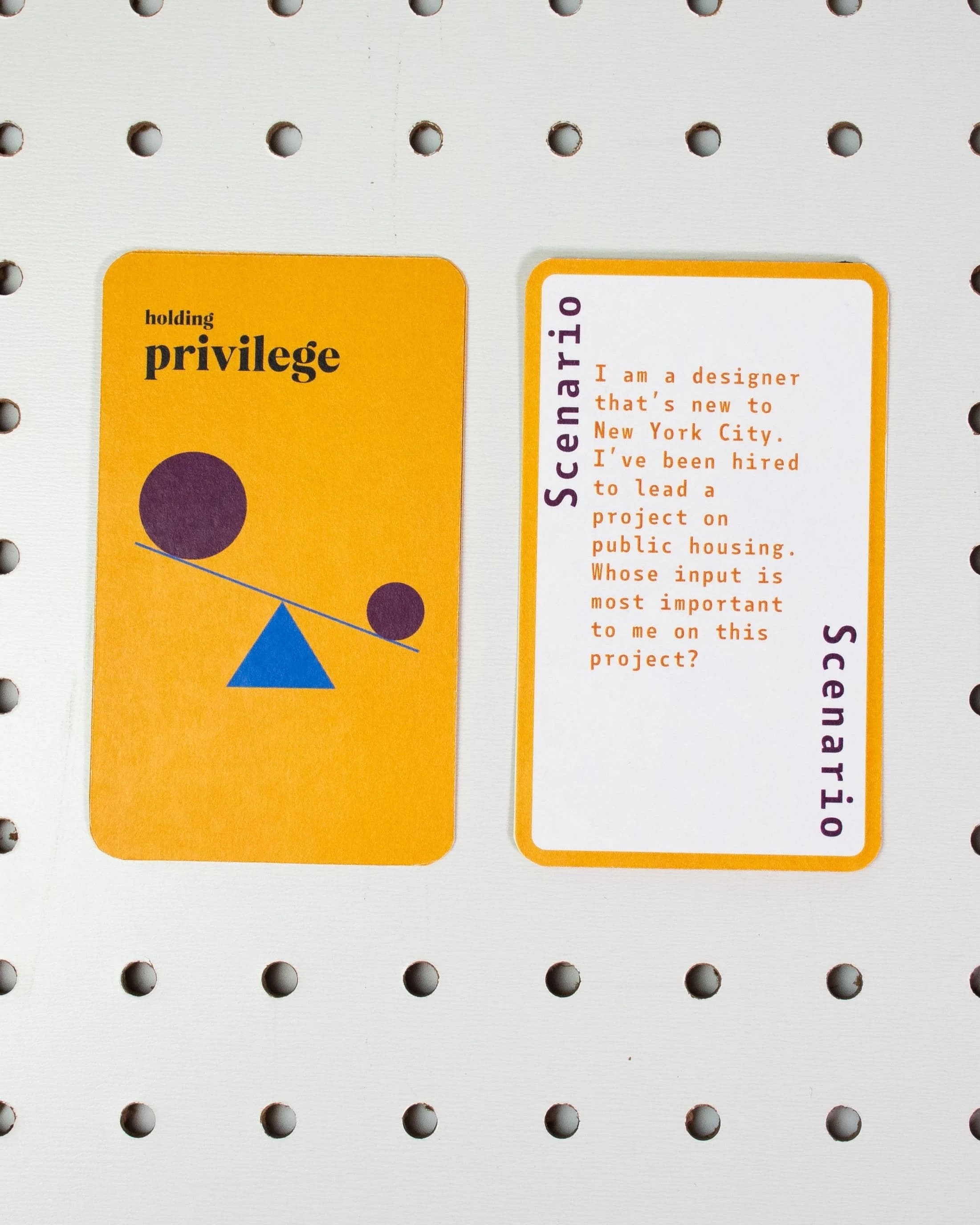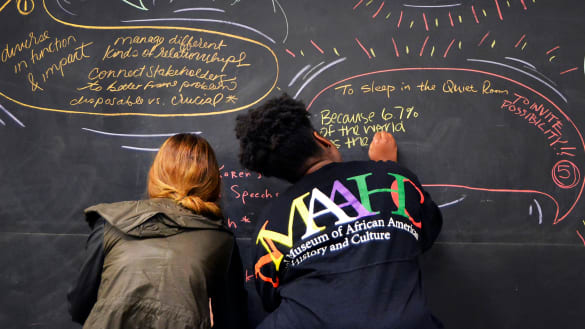MFA Design for Social Innovation


Why We Stand Out:
It’s a balance of the academic and practical. Social design is a practice that can be mastered only by practicing it. This is an experience-based program where you’ll learn to think critically, explore, iterate and measure. You’ll also have a robust résumé before you graduate.
We define design broadly. And the curriculum reflects that. You’ll study with a group of pioneering practitioners who have worked in development, health care, media, tech, government, game design, research, business strategy and innovation, and social design. We are now STEM certified, too.
We live diversity. Students have come to our program from 28 countries and counting. Cross-cultural literacy is one of the skills that employers look for, and it’s a key aspect of the program here. We’re in the heart of New York City, and it simply doesn’t get more diverse or exciting than that. Our lecturers are inspiring global experts in science, business, philanthropy, entrepreneurship, health and some things that have not yet been heard of. Our students are connected to an unmatched network of potential partners by the time they leave school.
It’s about creative collaboration and leadership. Our students join us because it fulfills a deep need that nothing else can—to go out and create change, disrupt the status quo, work with communities and use their own powers of creativity to bring something to life that has not existed before. They are remarkable people—curious, unpredictable and visionary.
We impact the future. If you want to know what a DSI MFA will do for you, take a look at what our alumni are doing. They are working in industry, government, non-profits and NGOs, education, at creative consultancies and as founders of their own enterprises.

More About the Department
In the first year, students are immersed in social innovation in all its forms, from corporate programs, on-profit organizations, foundations and social entrepreneurs, and across a broad range of issues, including food, equity and justice, ethics, poverty, wealth creation, health and the environment. Skills such as change design, communication design, game design, social movement design, mapping, modeling, visualization design, leadership and entrepreneurship are covered. Classes include lectures, client projects and creative assignments.
A principle second-year goal is the creation of a thesis. They will write a proposal that captures their recommended solution, and then design it fully in a form ready to be implemented. Each thesis must be reviewed and approved by the thesis committee and the department chair for the student to be eligible for degree conferral. Another key second-year initiative is the creation of a for-profit enterprise, culminating in a presentation to potential funders.
Throughout the two-year program, the Guest Lecture Series is curated to inspire new thinking and dialogue bout the vast variety of ways to create a career in design for social innovation. Speakers include business leaders, environmentalists, indigenous leaders, field workers, researchers, academics, shamans, poets, artists, musicians, policy makers, physicians, astronomers, physicists, human rights activists and other innovators in social design.
New York, NY 10011


